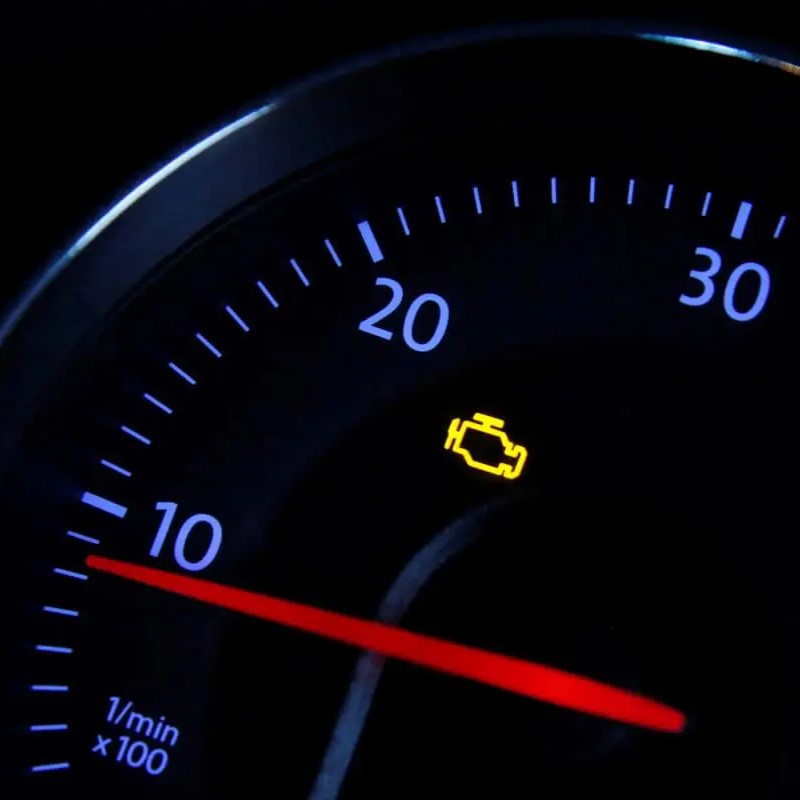Have you ever been cruising down the road, enjoying the scenery, when a mysterious light on your dashboard flickers to life? It looks like a car with squiggly lines trailing behind it, and a sudden wave of worry washes over you. What does it mean? Is your car about to explode? Relax, take a deep breath. That light is simply your car’s way of communicating a crucial message: you’re encountering slippery conditions, and a safety system is kicking in to help you maintain control.
Demystifying the Light: It’s All About Traction
The light with the car and squiggly lines is most commonly associated with your car’s Traction Control System (TCS) or Electronic Stability Control (ESC). These systems work together to prevent your wheels from losing grip on the road, a situation known as wheel spin. When this happens, you lose the ability to steer effectively, potentially leading to a dangerous skid.
How It Works: Keeping You on Track
Imagine you’re driving on a wet road and take a corner a bit too fast. The TCS or ESC detects that one or more wheels are starting to spin, meaning they’re losing traction. Here’s what happens next:
- The System Takes Over: The traction control system rapidly reduces engine power, even if you’re pressing hard on the gas pedal. This helps slow down the spinning wheel(s) and regain grip.
- Braking Intervention: In some cases, the system might also apply braking force to individual wheels to further improve traction. This can feel like a pulsing sensation in the brake pedal.

The Squiggly Lines: A Visual Cue
The squiggly lines behind the car on the dashboard light serve two purposes. First, they represent the loss of traction that the system is trying to correct. Second, they act as a visual reminder that you need to be cautious, especially if the roads are wet, snowy, or icy.
Light Variations: Engaged vs. Malfunction
There can be slight variations in how the light behaves, depending on the car model and situation:
- Solid Illumination: This typically indicates that the TCS or ESC is currently engaged and working to maintain traction.
- Flashing Light: This might occur momentarily as the system corrects a minor loss of traction. However, if the light continues to flash persistently, it could be a sign of a system malfunction.
When to Pull Over: Not Every Light Means Panic
It’s important to remember that the car with squiggly lines light is primarily a warning and an aid. Seeing it shouldn’t cause immediate panic. In most cases, it simply means you need to adjust your driving to the current conditions.
- Reduce Speed: Slowing down is the most effective way to regain traction and maintain control. Ease off the gas pedal and allow the system to do its job.
- Avoid Jerky Movements: Don’t slam on the brakes or make abrupt steering corrections. This can further upset the car’s balance.
- Maintain Smooth Control: Focus on smooth inputs with the steering wheel and gas pedal.
However, if the light remains illuminated constantly, even after you’ve adjusted your driving and road conditions seem normal, it’s best to pull over safely and consult your car’s owner’s manual. The light could indicate a malfunction in the TCS or ESC system, and it’s crucial to have it checked by a qualified mechanic.

Beyond the Light: Understanding TCS and ESC
While the car with squiggly lines light is a helpful indicator, it’s important to have a broader understanding of TCS and ESC:
- Traction Control System (TCS): This system primarily focuses on preventing wheel spin during acceleration. It helps maintain control when you start moving from a stop or accelerate on slippery surfaces.
- Electronic Stability Control (ESC): This system is more comprehensive. It not only helps with traction during acceleration but also intervenes when the car is already in motion and starts to lose directional control due to a skid or swerve.
Responding to the Warning Light
The dashboard of your car is a silent communicator, peppered with lights that flicker and illuminate, conveying crucial messages about your vehicle’s health. Ignoring these signals can lead to bigger problems down the road (pun intended). But fear not, deciphering these warnings doesn’t require a mechanic’s degree. Let’s focus on a specific light: the one with a car and squiggly lines, often associated with traction control.
Adapting driving habits in adverse conditions
Hitting the road is a breeze on a sunny day, but throw in rain, snow, fog, or strong winds, and things can get tricky. The good news is, with a few adjustments to your driving habits, you can navigate adverse conditions safely and confidently.
Slow and Steady Wins the Race
The golden rule of adverse weather driving? Reduce your speed. It takes longer to stop on wet, snowy, or icy roads. Maintain a safe following distance – double or even triple the usual gap – to give yourself ample time to react to sudden stops or hazards.
Smooth Operator: Gentle Inputs are Key
Forget about jerky movements. In slippery conditions, abrupt braking or steering maneuvers can trigger skids. Apply the brakes gently and progressively, and avoid sharp turns. Feather the gas pedal to maintain smooth acceleration and avoid spinning your wheels.
Lights On, Visibility Up
During low visibility conditions like fog or heavy rain, turn on your headlights (not high beams!) and fog lights (if equipped) to improve your sight and be seen by others. Be extra cautious around pedestrians and cyclists, who might be harder to spot.
Beware of the Black Ice
Black ice – a nearly invisible layer of ice on the road – is a particularly dangerous foe. Bridges, shaded areas, and overpasses are more susceptible to its formation. If you suspect black ice, reduce speed significantly and avoid sudden steering corrections.
Hydroplaning: When Water Takes Control
On wet roads, be wary of hydroplaning, which occurs when your tires lose contact with the road surface due to a layer of water. If you feel your car hydroplaning, don’t slam on the brakes. Take your foot off the gas pedal and steer gently in the direction you want to go until you regain traction.
Wind Warriors: Stay Alert and Steady
Strong winds can buffet your car, particularly on high-profile vehicles. Maintain a firm grip on the steering wheel and be prepared for sudden gusts, especially when passing large trucks or entering open areas.
Know Your Limits: When to Pull Over
If weather conditions deteriorate significantly, reducing visibility or making control difficult, don’t hesitate to pull over to a safe location and wait for the storm to pass. Remember, arriving safely is more important than arriving on time.

Living with the Light: A Sign You’re Not Alone
Modern cars are equipped with a vast array of warning lights and safety systems. The car with squiggly lines light might seem alarming at first, but it’s actually a reassuring sign. It demonstrates that your car is actively working to keep you safe on the road. By understanding what the light means and how to respond accordingly, you can navigate challenging conditions with more confidence.
Remember: The next time you see the car with squiggly lines light, take a deep breath, adjust your driving for the conditions, and appreciate the invisible guardian angel helping you maintain control. If the light persists, consult your owner’s manual and seek professional help. After all, a little knowledge goes a long way in ensuring





